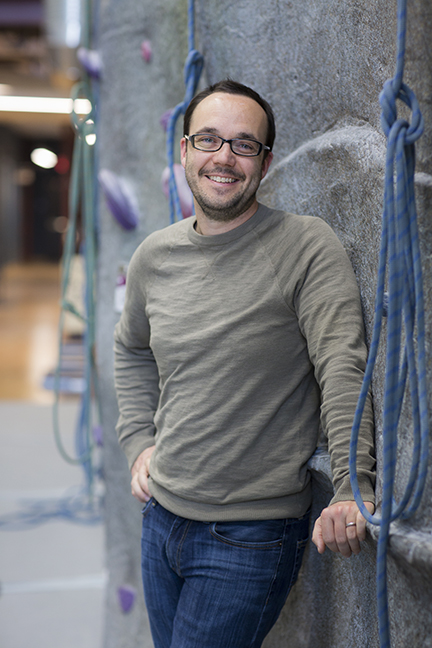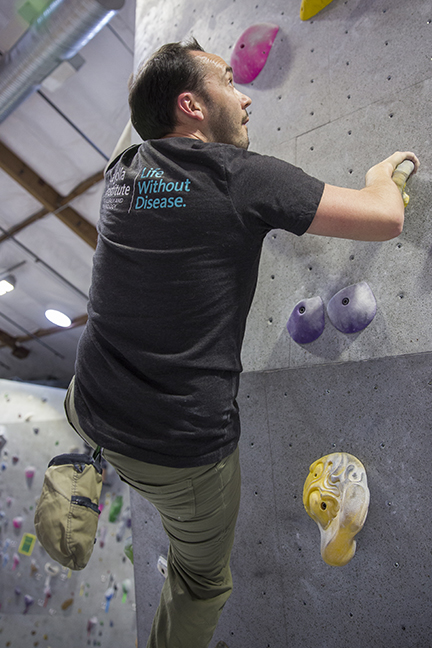Colin Havenar-Daughton, Ph.D., defied the odds. He grew up in Oakland long before hipsters flocked across the Bay Bridge into the “Brooklyn of the West Coast”. “It was rough,” recalls Dr. Havenar-Daughton, but an intense and inspiring high school program focused on the humanities kept him on the straight and narrow. “It was set up by a couple of teachers and shielded about 50 kids each year from what was going on all around us—truancy, drugs, violence.” It also nurtured his interest in politics and government affairs.

When Dr. Havenar-Daugthon enrolled at Pomona College, a small liberal arts college in Claremont, Calif., he initially chose the Public Policy Analysis program before his interest in biology won over. After graduation, Dr. Havenar-Daughton took a job with the HIV Vaccine Trials Network (HVTN), the world’s largest publicly funded collaboration dedicated to developing a vaccine for HIV. “It fit right in with my goal of pursuing a career with a purpose,” he says.
After analyzing HIV clinical trials data for HVTN for four years, Dr. Havenar-Daughton went back to school to get his Ph.D. in immunology from the University of Washington in Seattle. “When I graduated, I was ready for a bit of adventure and went to France for my postdoc,” he says. Three years later he returned to the U.S. and his scientific roots—the quest for an HIV vaccine.
As a research associate in the lab of Shane Crotty, Ph.D., Dr. Havenar-Daughton has a front seat at the Scripps Center for HIV/AIDS Vaccine Immunology & Immunogen Discovery
(CHAVI-ID), which develops immunization strategies for a preventative HIV vaccine. His most recent paper revealed important immunological features and bottlenecks that determine whether immunization is successful. Most importantly, it provides a valuable tool to track the potential of novel HIV vaccine candidates in upcoming human phase I clinical trials. “The work we are doing on the HIV vaccine in collaboration with the consortium is everything I want to do in science,” he says.
Dr. Havenar-Daughton may have found his scientific happy place, but his adventurous streak is as strong as ever. He recently started rock climbing and travels the world with his wife Laure, whom he met in France. “I adopted the French attitude: During your work hours you focus on your work and don’t mess around but when you take vacation—and you do take vacation—then you are on vacation.”



